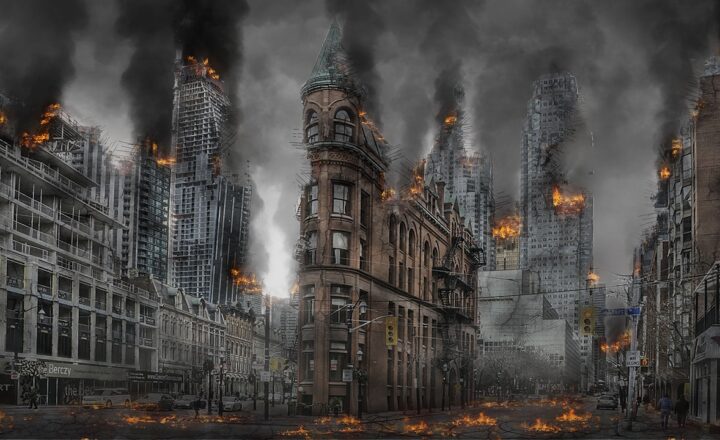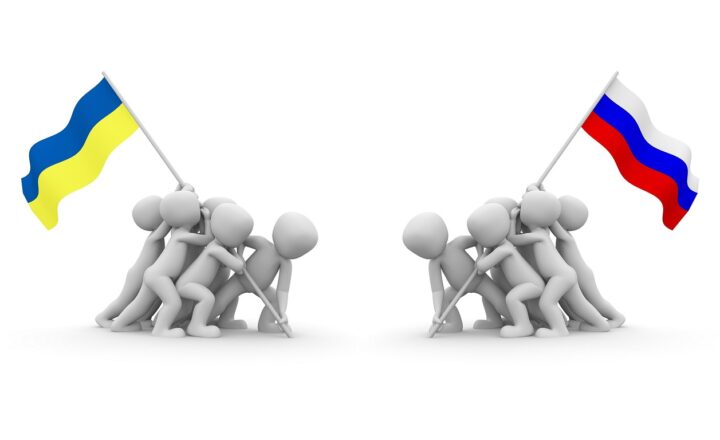
Throughout history, conflicts have been pivotal in shaping the future of nations, often redefining borders, altering governments, and redefining cultures. While many conflicts are well-documented in textbooks, there are countless untold stories that lie beneath the surface, waiting to be explored. This article dives deep into some of these lesser-known conflicts, revealing the profound impacts they had on nations and their people.
1. The Nika Riots: A Civil War Fuelled by Sports
The Nika Riots of 532 AD were not just a mere disturbance; they represented a clash between the Byzantine Empire’s rich cultural tapestry and the tumultuous political landscape of the time. Initially sparked by a chariot race between two rival factions, the Blues and the Greens, the riots quickly escalated into a full-blown revolt against Emperor Justinian I.
Disenfranchised citizens voiced their frustrations with high taxes and oppressive rule. The Blue and Green factions, usually at odds, united in their defiance. The unrest culminated in the burning of large parts of Constantinople and the death of thousands.
In a bold move, Justinian ordered a military response, leading to the infamous slaughter of thousands in the Hippodrome. This conflict not only affected the immediate population but also established a precedent for governmental authority and suppression of dissent in Byzantine politics.
2. The Taiping Rebellion: A Quest for Heaven on Earth
Beginning in 1850 and lasting for over a decade, the Taiping Rebellion is often overshadowed by Western-focused narratives of the period. Led by Hong Xiuquan, who believed himself to be the younger brother of Jesus Christ, this massive civil war aimed to overthrow the Qing Dynasty and establish a new heavenly kingdom.
The Taiping forces attracted millions of followers, fundamentally questioning the socio-political norms of the time. Their ideology mixed Confucian, Christian, and socialist principles, aiming for land reforms and the equality of men and women.
The conflict ultimately resulted in an estimated 20-30 million deaths, making it one of the deadliest conflicts in history. The aftermath severely weakened the Qing Dynasty, paving the way for political reforms and contributing to the rise of revolutionary movements in China.
3. The War of the Roses: A Royal Family Feud
The War of the Roses, a series of dynastic conflicts during the 15th century, often gets overshadowed by iconic figures like Henry VI and Richard III, but the nuances of this struggle offer profound insights into power, identity, and politics in England.
The battles between the Houses of Lancaster and York were not merely power struggles; they were marked by shifting loyalties, intrigue, and the complexities of noble relationships. The conflict led to the rise of the Tudor dynasty, fundamentally changing the monarchy’s approach to governance and laying the groundwork for the modern British state.
The war not only reshaped the monarchy but also set the stage for the eventual unification and stability of England under Tudor rule, showcasing how internal conflicts can have profound and lasting impacts on national identity.
4. The Great Bengal Famine: A Colonial Crisis
The Great Bengal Famine of 1943 is a stark reminder of how colonial policies can lead to devastating consequences. Millions in British-ruled India faced starvation while the British government prioritized wartime needs and resource extraction over the welfare of the local population.
This famine was not an inevitable natural disaster; it was exacerbated by administrative failures, wartime strategies, and a deeply imbalanced power dynamic. The scale of suffering brought to light the moral corruption of colonial rule and sparked movements for greater self-governance.
Post-famine, the political landscape in India transformed, fueling the struggle for independence. The tragedy raised questions about equity, governance, and the responsibilities of a reigning power toward its subjects.
5. The Katyn Massacre: Hidden Historical Atrocity
The Katyn Massacre, occurring in 1940, involved the execution of around 22,000 Polish military officers and intelligentsia by the Soviet NKVD. This atrocity remained hidden for decades, becoming a point of contention in Soviet-Polish relations and affecting post-war politics in Eastern Europe.
The Soviet Union initially blamed Nazi Germany for the killings, but evidence eventually surfaced, revealing the truth. The handling of Katyn echoed the ongoing struggles for authority, historical narrative, and national identity in post-war Poland.
For years, many Polish families sought the truth behind their missing loved ones, leading to a profound sense of national trauma and resentment. The uncovering of this hidden massacre became a pivotal moment in Poland’s national consciousness, symbolizing the fight for truth and justice in the aftermath of oppression.
Conclusion: Understanding History’s Complexity
The stories of these conflicts, though often obscured, are powerful reminders of how war, civil unrest, and political strife shape nations and their futures. Each untold story offers lessons in governance, identity, and the human experience.
To truly understand history, we must explore beyond the surface—the complex dynamics that lead nations into conflict and the consequences that follow. By giving voice to the forgotten stories, we enrich our understanding of humanity’s past and present.
As we move forward, it is crucial to remember that these narratives are vital not only for acknowledging where we come from but also for shaping how we build a future where history does not repeat its darkest chapters.







